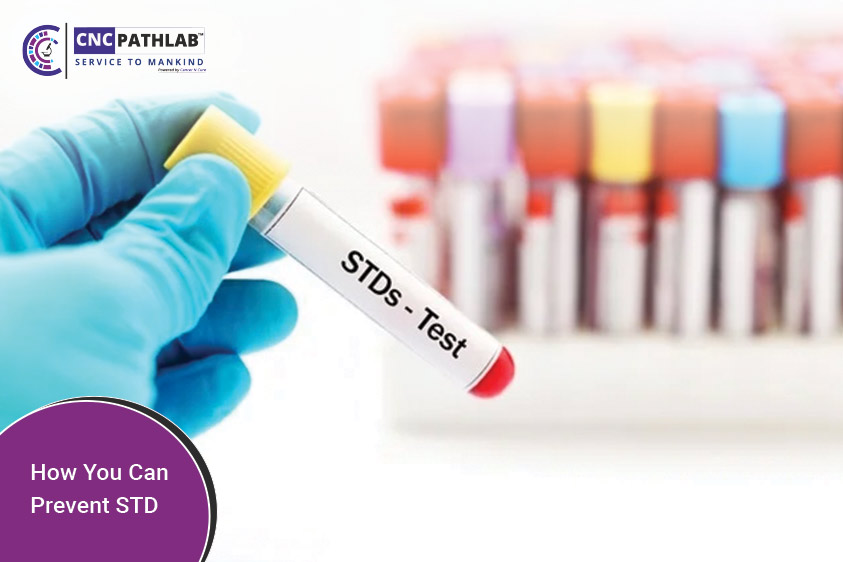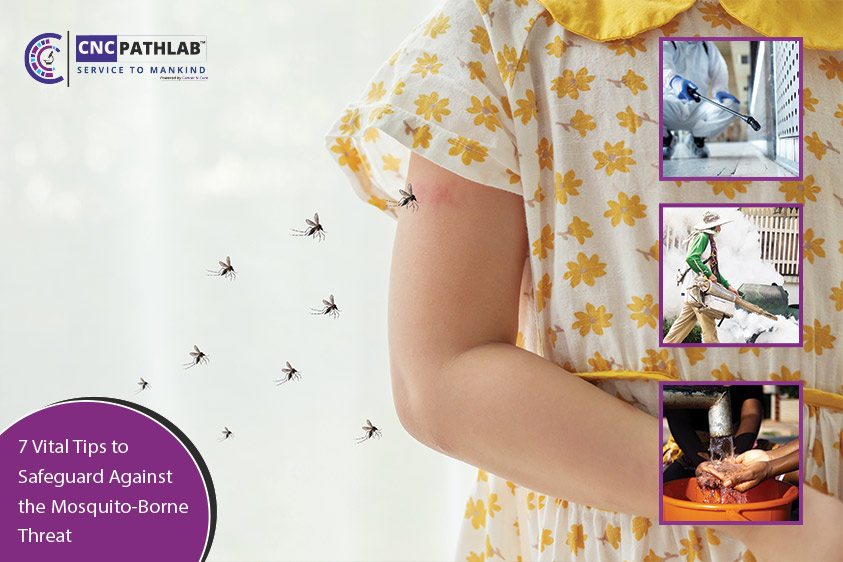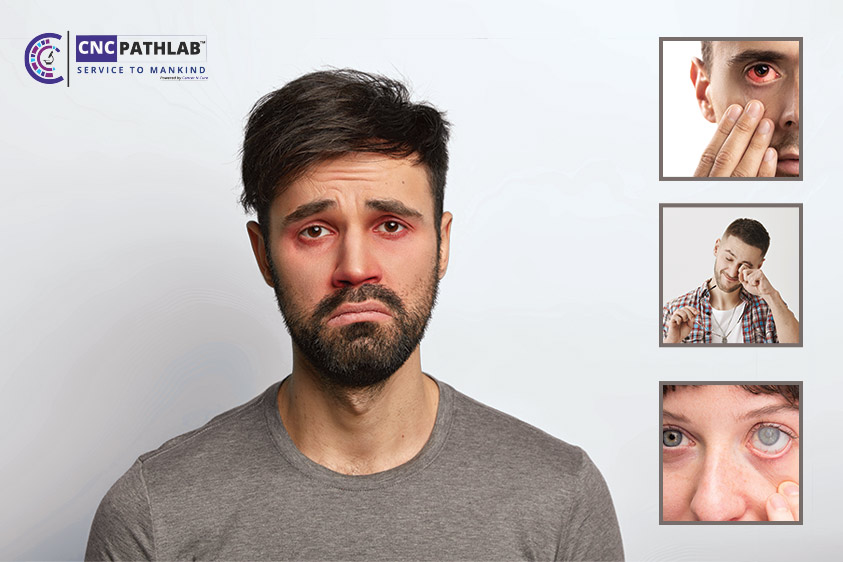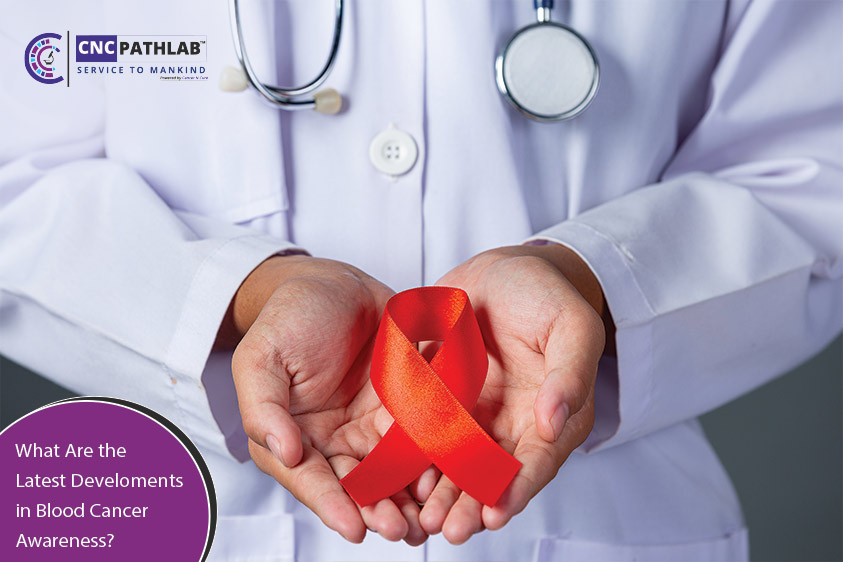How You Can Prevent Sexually Transmitted Diseases
What are the symptoms of a sexually transmitted disease?
Sexually transmitted diseases (STDs) are infections that are transmitted through sexual contact. STDs can affect anyone who is sexually active, regardless of age, gender, or sexual orientation. Some of the most common STDs include chlamydia, gonorrhea, syphilis, herpes, human papillomavirus (HPV), and HIV.
The symptoms of STDs can vary depending on the type of infection. Some STDs may not cause any symptoms at all, while others can cause severe symptoms. Some of the most common symptoms of STDs include:
- Pain or burning during urination
- Abnormal vaginal discharge
- Pain during sexual intercourse
- Genital itching or irritation
- Bumps or sores on the genitals or around the mouth
- Swollen lymph nodes
- Fever or flu-like symptoms
It is important to note that some STDs may not cause any symptoms, making it difficult to know if you have been infected. That is why regular testing is important, especially if you have had unprotected sex or multiple sexual partners.
If you experience any of the symptoms mentioned above or have concerns about your sexual health, it is important to speak with a healthcare provider. They can perform the necessary tests and provide you with appropriate treatment options. Remember, early diagnosis and treatment can help prevent serious health complications and the spread of infection to others.
How can I protect myself from getting a sexually transmitted disease?
Sexually transmitted diseases (STDs) are a serious concern for sexually active individuals. It is essential to take precautions to protect yourself from contracting an STD. Here are some ways to safeguard yourself against sexually transmitted diseases:
- Use Barrier Protection: Barrier methods, such as condoms or dental dams, create a physical barrier between you and your partner during sex. This barrier helps to prevent the exchange of bodily fluids that can spread STDs.
- Get Tested Regularly: Regular testing is crucial in the early diagnosis and treatment of STDs. It is recommended that sexually active individuals should get tested at least once a year. This will help you in identifying any potential STDs and taking the necessary steps to avoid future complications.
- Limit Sexual Partners: The more sexual partners you have, the higher the risk of STDs. Limiting your sexual partners reduces the likelihood of exposure to STDs. It's imperative to have a conversation with your partner about their sexual history and any potential risks.
- Avoid High-Risk Behaviors: Certain sexual practices such as unprotected anal sex or sharing needles can increase your chances of STDs. Avoiding such behaviors can reduce your risk of contracting an STD.
- Educate Yourself: Having a good understanding of STDs and their symptoms can help you in identifying any potential STDs. This knowledge will enable you to take the necessary precautions to avoid getting infected.
In conclusion, protecting yourself from STDs is crucial. By using barrier protection, getting tested regularly, limiting sexual partners, avoiding high-risk behaviors, and educating yourself about STDs, you can reduce your risk of contracting a sexually transmitted disease. Remember, prevention is always better than treatment, and taking necessary precautions can help safeguard your sexual health. If you have any concerns or questions regarding STDs, don't hesitate to speak with your healthcare provider. They are there to support and guide you toward a healthy and safe sexual life.
How do I know if I have a sexually transmitted disease?
Sexually transmitted diseases (STDs) are infections that are usually transmitted through sexual contact. They can cause serious health complications if left untreated. Therefore, it is important to know the signs and symptoms of STDs in order to seek treatment promptly.
Some of the most common symptoms of STDs include:
- Painful urination
- Discharge from the penis or vagina
- Genital sores or warts
- Pain or bleeding during sex
- Abnormal bleeding between periods or after sex
- Itching or irritation in the genital area
- Flu-like symptoms, such as fever, headache, and body aches
However, it is important to note that not all STDs have noticeable symptoms. Some STDs, such as chlamydia, gonorrhea, and herpes, may not cause any symptoms, or the symptoms may be so mild that they go unnoticed. This is why it is important to get tested regularly if you are sexually active.
The best way to know for sure if you have an STD is to get tested. STD testing is usually done through a blood test, urine test, or swab test. You can get tested at your doctor's office, a sexual health clinic, or a local health department.
It is important to remember that STDs are preventable. Practicing safe sex, such as using condoms, can reduce your risk of contracting an STD. Also, being in a monogamous relationship with a partner who has been tested and is free of STDs can also lower your risk. If you do engage in high-risk behaviors or have multiple sexual partners, getting tested regularly is essential for protecting your health and the health of your partners. Don't let the fear or stigma surrounding STDs prevent you from seeking the care you need. Take control of your sexual health and prioritize prevention and testing. Remember, knowledge is power, and by understanding the risks and taking appropriate measures, you can reduce your risk of contracting sexually transmitted diseases.
What treatments are available for sexually transmitted diseases?
Sexually transmitted diseases (STDs) are infections that are contracted through sexual contact with an infected person. These infections can have serious health consequences if left untreated. Fortunately, there are several treatments available for STDs.
The type of treatment will depend on the specific STD and its severity. Some STDs can be cured with antibiotics or antiviral medications, while others can be managed with ongoing treatment. It is important to note that some STDs, such as HIV and herpes, do not have a cure but can be managed with medication.
Some common treatments for STDs include:
- Antibiotics: Antibiotics are commonly used to treat bacterial STDs such as gonorrhea and chlamydia. These medications are usually given in a single dose or a short course of treatment.
- Antivirals: Antiviral medications are used to treat viral STDs such as herpes, HIV, and hepatitis B and C. These medications can help manage symptoms and prevent the virus from spreading.
- Topical creams: Topical creams containing antiviral or antibiotic agents can be used to treat certain STDs such as genital warts and genital herpes.
- Vaccines: Vaccines are available to prevent certain STDs, such as HPV and hepatitis B.
It is important to note that prevention is the best way to avoid contracting an STD. Practicing safe sex by using condoms, getting tested regularly, and limiting sexual partners can greatly reduce the risk of contracting an STD.
If you believe you may have contracted an STD, it is important to seek medical attention as soon as possible. Delaying treatment can lead to more serious health consequences and increase the risk of spreading the infection to others. Your healthcare provider can perform tests to diagnose the specific STD and recommend the appropriate treatment.
In addition to medical treatment, it is important to practice self-care and take steps to protect your overall health. This includes maintaining a healthy diet, getting enough sleep, and managing stress. STDs can take a toll on your mental and emotional health as well, so seek support from friends, family, or a mental health professional if needed.
In conclusion, understanding the risks and treatments for sexually transmitted diseases is crucial for protecting your health and the health of your partners. Don't let fear or stigma prevent you from seeking the care you need. By prioritizing prevention, getting tested regularly, and seeking prompt medical attention, you can reduce your risk of contracting an STD and live a healthy, fulfilling life.
What are the most common sexually transmitted diseases?
Sexually transmitted diseases (STDs) are a serious health concern that affects millions of people around the world. These diseases are often spread through sexual contact and can cause a variety of symptoms ranging from mild discomfort to serious health problems. In this post, we will discuss the most common STDs and their symptoms.
- Chlamydia: Chlamydia is the most common sexually transmitted disease in the world. It is caused by a bacterial infection and can be easily treated with antibiotics. Symptoms include pain during urination, vaginal discharge, and pain during sex.
- Gonorrhea: Gonorrhea is caused by a bacterial infection and can also be treated with antibiotics. Symptoms of gonorrhea include painful urination, discharge from the penis or vagina, and pain during sex.
- Genital herpes: Genital herpes is a viral infection that is caused by the herpes simplex virus. Symptoms include painful blisters or sores on the genitals, buttocks, or thighs, and flu-like symptoms.
- Syphilis: Syphilis is a bacterial infection that is spread through sexual contact. Symptoms of syphilis vary depending on the stage of the infection but can include a painless sore, rash, fever, and swollen lymph nodes.
- Human papillomavirus (HPV): HPV is a viral infection that is the most common STD in the United States. Many people with HPV have no symptoms, but it can cause genital warts and increase the risk of cervical cancer in women.
- HIV/AIDS: HIV is a viral infection that attacks the immune system and can lead to AIDS if left untreated. Symptoms of HIV can include fever, fatigue, and swollen lymph nodes, but many people with HIV have no symptoms for years.
It's important to note that some STDs may not have any symptoms at all, which is why regular testing is essential for anyone who is sexually active. This is especially true for those who have multiple partners or engage in unprotected sex. Remember that getting tested for STDs is nothing to be embarrassed or ashamed of - it's a responsible and proactive step in protecting your health and the health of your partners.
By understanding the risks and symptoms of sexually transmitted diseases, you can take control of your sexual health and make informed decisions about your sexual activity. Don't wait until it's too late - prioritize prevention and get tested regularly to ensure a healthy, fulfilling sex life.


.jpg)


.jpg)
